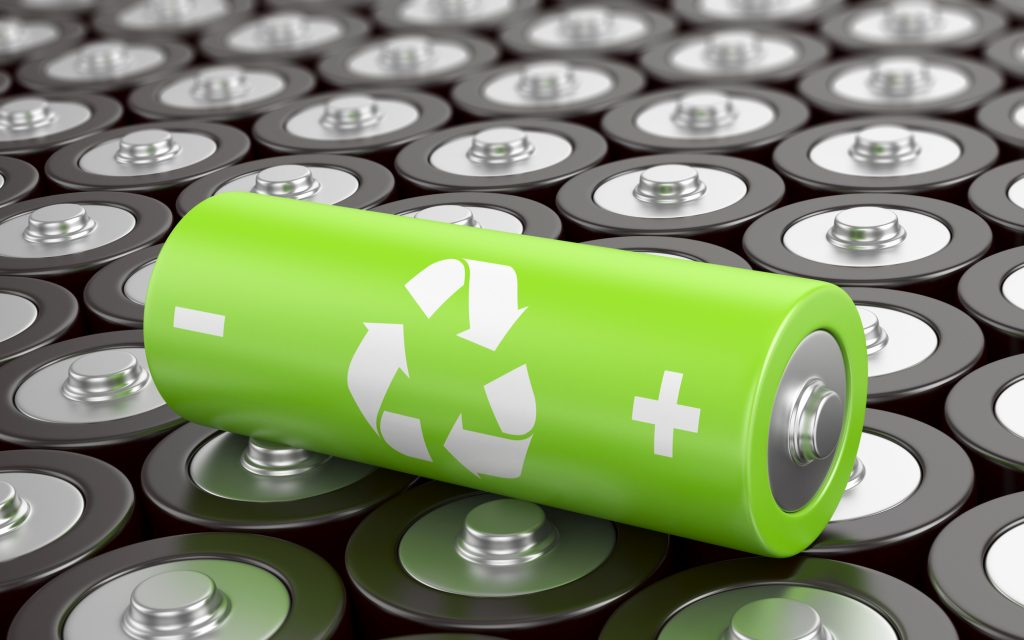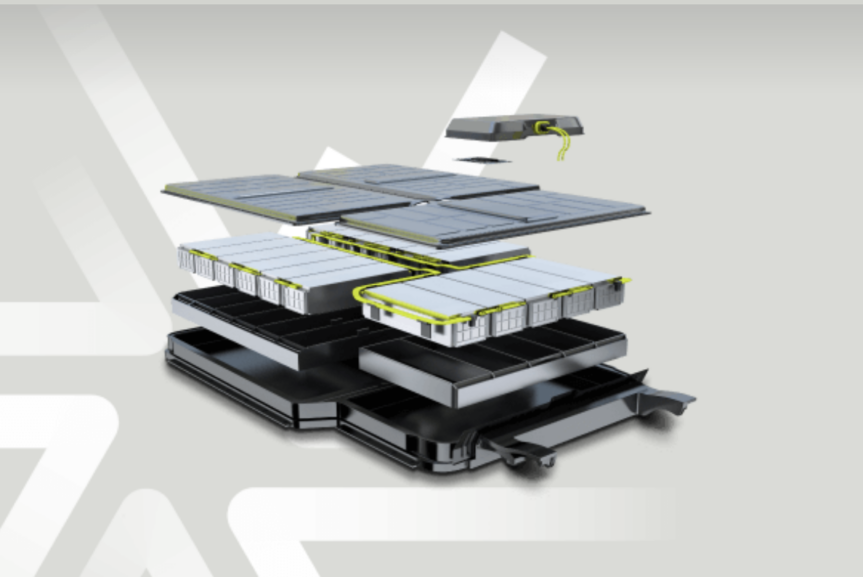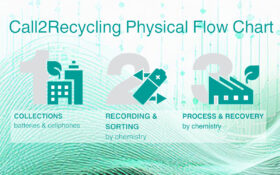The European Commission has re-classified battery waste in an attempt to ensure critical materials remain in Europe longer.
Black mass is now classified as hazardous waste in the List of Waste, in accordance with the Basel Convention and the Waste Shipments Regulation.
Other chemistries given new classifications also include: lithium-based, nickel-based, and zinc-based waste batteries, and sodium sulphur and alkaline waste batteries. A new hazardous code for lithium-based batteries for separately collected municipal waste has also been added.
New specific waste codes were added to identify and support the management of waste through a batteries’ life cycle, including:
- waste from battery manufacturing
- waste from post-consumer batteries
- intermediate fractions from battery recycling
The amendments ensure the proper handling of batteries and black mass within and outside the EU by improving the identification, monitoring, and traceability of battery-waste streams.
In essence, this means European companies will be able to better control shipments of black mass by restricting exports to non-OECD (Organisation for Economic Co-operation and Development) countries.
This supports the EU Battery Regulation’s objectives of establishing a European circular economy, increasing security of supply for raw materials and energy, and increasing the EU’s battery autonomy.
Black mass is the shredded electrode waste from used batteries. It contains key materials including lithium, manganese, cobalt, nickel and copper.
Jessika Roswall, the European Commission’s Commissioner for Environment, Water Resilience and a Competitive Circular Economy, said: “This will lead to better control of black mass shipments and especially a ban on its export to non-OECD countries. By keeping black mass longer in the economy we can boost battery recycling and our circular economy.”
Read more about the European List of Waste, which controls waste shipments within and outside the EU.
Next steps
The amendment of the List of Waste will begin 20 days after its publication in the Official Journal of the EU (the official gazette of record for the European Union) – if the European Parliament or the Council of the EU do not object to it, in accordance with Article 290(2) of the Treaty on the Functioning of the EU.
This scrutiny period generally lasts two months following the adoption of the act (the precise period is specified in the basic legislative act empowering the Commission to adopt the delegated act).
The new codes will then need to be applied in EU Member States and by relevant stakeholders and implemented in permit procedures and related documentation.
The changes could mean waste operators have to modify their management procedures when dealing with and shipping hazardous waste within the EU and to OECD countries.
The delegated act draws on The Joint Research Centre (JRC) report ‘Technical recommendations for the targeted amendment of the European List of Waste entries relevant to batteries’.












